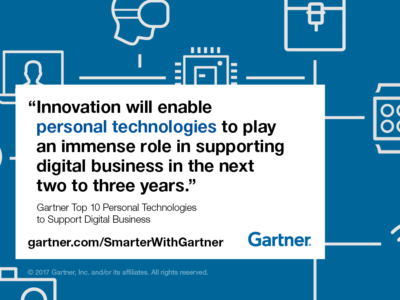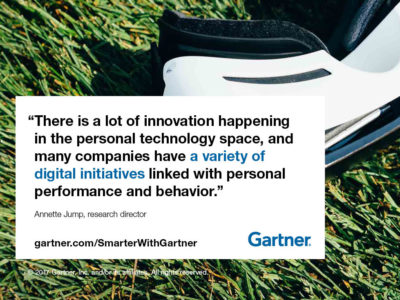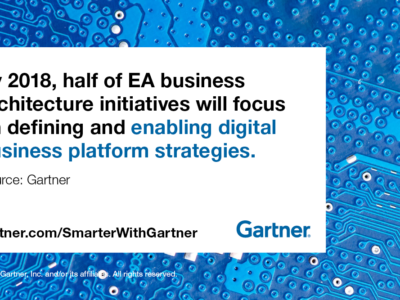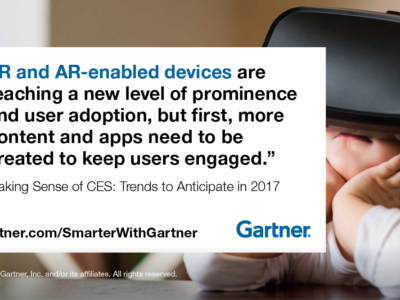The concept of disability in the workplace is starting to disappear.
In 2013, when Ashley was 12 years old, she lost her right arm in an accident. At the time, she thought that her goal of being an artist was impossible. However, thanks to a prosthetic arm that responds to signals from her muscles, she was able to follow her dream and win a scholarship to a prestigious art school.
After graduating from college, Ashley was sought by top companies seeking designers. The best HR departments had abandoned the idea of filling quotas to ensure they hired the legally required number of people with disabilities. Instead, all candidates were judged on their individual ability to do a job.
Now imagine that Ashley is just one of the 350 million people with disabilities in the workforce in 2025. Technology that lets them function as well as — and often even better than — people without disabilities has changed the world, feeding a loop of ever-more astounding uses of technology.
“Emerging technologies will enable 350 million people with disabilities to enter the workplace over the next 10 years. CEOs, CTOs and HR leaders who ignore the wave of change do so at their own, and their organizations’, peril,” said Melanie Lougee, research vice president at Gartner. “Profound changes are coming in the lives of people with disabilities over the next decade, and preparation for these changes will be a determining factor by which enterprises thrive or fall.”
Workforce diversity initiatives are moving to the forefront of HR agendas, and employment relationships are evolving to support a more flexible and remote workforce.
Ms. Lougee believes that people living with disabilities will benefit from a wide range of assistive technologies that are being adapted to their needs, including some already in use, such as autonomous vehicles and 3D printing. Technology will enable “superabilities,” spurring people without disabilities to also employ the technology to keep up.
In time, as people employing differentiating technologies disrupt the workforce, society’s perception of people with disabilities will change. Instead of being perceived as different, those using disruptive and enhancing technologies will be seen as more desirable for their superabilities. Unleashing superabilities will give people with disabilities an advantage in the workplace and society.
“New employment relationships and work styles converging with technology will drive new job opportunities,” Ms. Lougee said. “We already work in a digital age defined by increasingly flexible and remote employment opportunities, as organizations seek creative ways to fill jobs or appeal to new generations of workers who demand more autonomy.”
Workforce diversity initiatives are moving to the forefront of HR agendas, and employment relationships are evolving to support a more flexible and remote workforce. Consequently, new employment opportunities will open for talented people with disabilities, enabling them to reach employment and income parity.
In a decade’s time, many organizations will not just simply fulfill their legal requirements to hire people with disabilities. Instead they will hire the best talent from a fast-growing pool of candidates as the concept of disability disappears. This emerging labor pool will add new points of view and insights to the corporate dialogue.
*Maverick research is designed to spark new, unconventional insights, unconstrained by Gartner’s typical broad consensus-formation process to deliver breakthrough, innovative and disruptive ideas to help clients take advantage of trends and insights that could impact IT strategy and the organization.
Get Smarter
Client Research
Gartner clients can read more in the report, “Maverick* Research: From Disability to Superability, Society and the Workplace Are Changing.”










